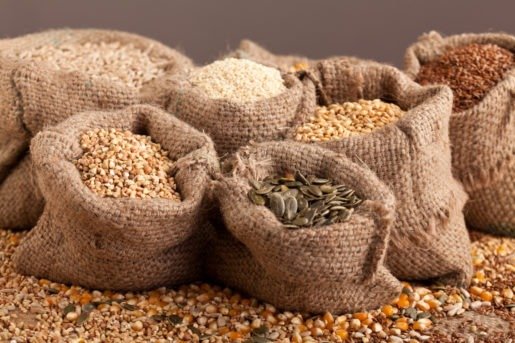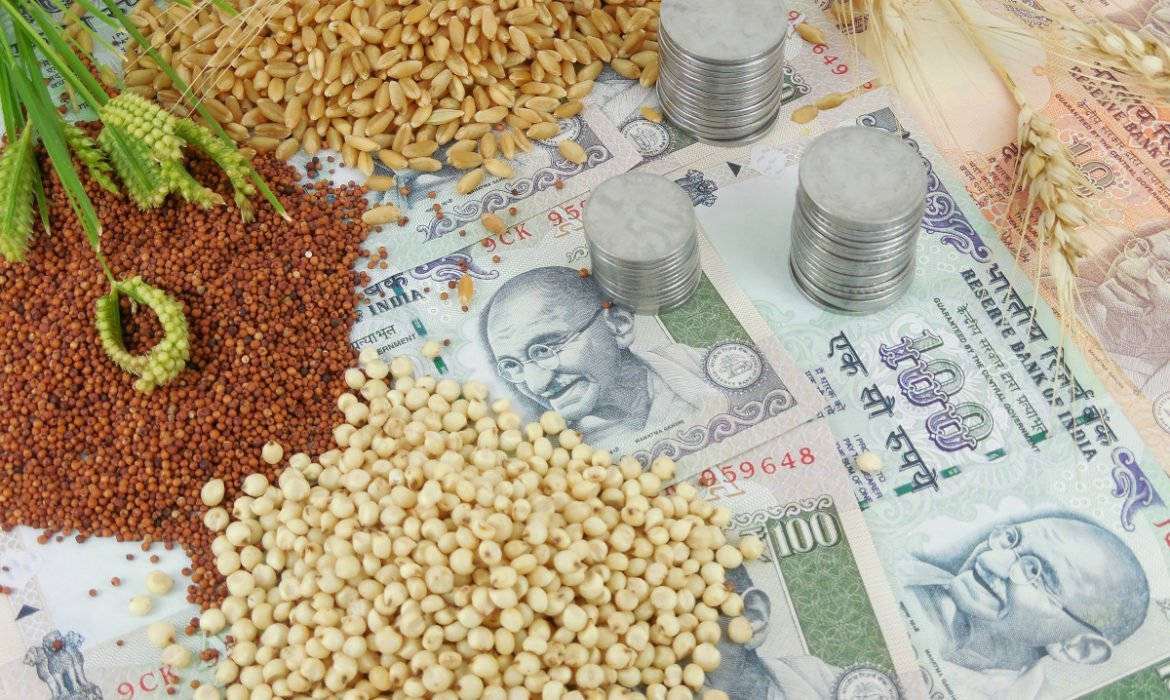Learning about the history of commodity trading can give you some insight into how and why many of its modern features came to be. In this article, we want to focus on how commodity trading developed into the modern day. As such, we will be following commodity trading from ancient history up to the 20th century.
The ancient history of commodity trading
Commodity trading has a history spanning the entirety of human civilisation. It is, perhaps, the very first form of trading to appear. It is the backbone off of which all economies have established themselves. After all, what else was there to trade in the earliest eras of human history? Stocks and currencies did not yet exist. What people wanted was supplies, primarily for survival.

So, what commodities would have had the most importance in the early era? Well, as we said, the things that people prioritised were essential supplies. This would have included agricultural products, cattle, and meat. This would have been in areas in areas where civilisation had first popped up, namely Mesopotamia and Egypt. These areas could produce plenty of leftover agricultural products, with which they could trade.
It is doubtless that in this time, something close to modern contracts would have appeared. Namely, something approaching future contracts. In fact, there are clay tablets in Mesopotamia recording what they were trading, and at what time they were traded. The oldest tablets we can find revolve around keeping records of agricultural goods and trading them. In fact, it could be said that the very system of writing was first invented to keep track of commodities.
These forms of payment they used, however, were not the most reliable. Food is, after all, perishable.
Development of currency
So, soon thereafter, people moved to trading items with less tangible value, but would not spoil. This came in the form of gold and silver, and other metals. The main value in these items were their attractive quality, which people would adorn for jewelry. This meant having such items gave off a sense of prestige. Over time, people began to see these items as having innate value, and something close to the first currency developed. They could use it to trade for supplies or for physical labour. This meant that they had to standardise the system. They would shape the metals into standard forms and weights. This is how coins developed.

History of commodity trading in Europe
Since we want to discuss the development of commodity trading in the modern world, it would be best to discuss European trading. In Europe, we see the development of systems like the stock exchange, and many of the contracts we see today. Before these innovations, they had developed commodity markets over several centuries. They had systems for trading land, agricultural goods, and labour. As towns became larger, trading became more intense and complex.
Follwing this, we should follow some innovations in Amsterdam. Amsterdam was a bustling trade centre at this time, and it needed a system to control some of the chaos. In the mid-15th century, people there developed some of the most accurate and durable scales of their era. Furthermore, they developed the first stock exchange the world had ever seen by 1602, the Amsterdam Stock Exchange. It had been created by the Dutch East India company. It had developed contracts similar to the ones we would see today. This included forward, options, and other options. It did not appear overnight, however. It was based on a sort of market fair, the Amsterdam Bourse, an open-air building built in 1530. This was solely based on the commodity trading market.
This stock exchange arose at this time in Amsterdam, as a result of rising interest in Asia. The Dutch had been some of the first to develop the necessary trade routes to access the Asian market. As such, they needed systems to standardise the system by which so many people would start investing. This turned out to be a huge success. Trade in Asia would keep growing, and more investors would take interest. Its success was so great that it continues to exist to this very day (albeit under the name Euronext Amsterdam). Many future stock exchanges would base themselves off of this very system.
Developments in Chicago
The next important area in the history of commodity trading would be Chicago. Chicago was the economic centre of the American Midwest. As you can imagine, this means that the commodity trading market was incredibly important. The Chicago Board of Trade, established in 1848, further developed the system to the way it is today. They too, had an emphasis on commodity trading, focused on wheat, cattle, and other common products. They wanted to bring in systems that would ensure trading was less chaotic in the city.
For this, they made what were pretty much the modern contracts we see today. This mainly includes the sort of future contracts we see today. Farmers could ensure that their trades would go through as desired, without any last minute changes or backing out. As Chicago grew, so did the trading board. They also established standardisations for the units in which commodities were traded, and grading several products (mainly grain).
However, this rapid growth also brought with it more disorder. Fraud would occur left and right, and the board had trouble keeping up with it all. This, along with several problems the board faced, including being shut down, resulted in the Grain Futures Act in 1922. This act regulated the commodity trading in commodity trading across the country, but was especially relevant to Chicago. As time went on, they expanded to more, less immediately obvious commodities. These could include butter, eggs, soybeans, etc.

By this point, exchanges became essential for people to trade their commodities. They allowed people to easily find trading partners, and gave them instruments to ensure their deals went through.
In 1934, the government of the U.S.A. created the commodity price index. It listed the values of some of the most essential commodities in the market. It only became publically available further on, in 1940. This allowed commodity traders around the U.S.A. to easily follow all the values of the most immediately necessary commodities.
Conclusion
So, there we go, we followed the development of commodity trading from a simple exchange of products to full-blown exchange boards and price indexes. Our article has only covered the very basics of commodity trading history, and focuses mainly on the European and North American markets. There are of course, markets we have yet to cover in other parts of the world, and markets surrounding energy resources, namely oil.
















